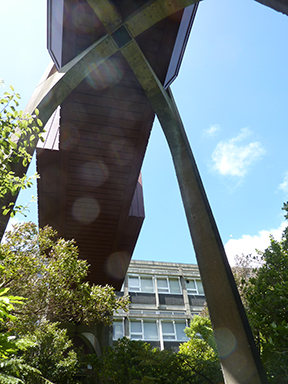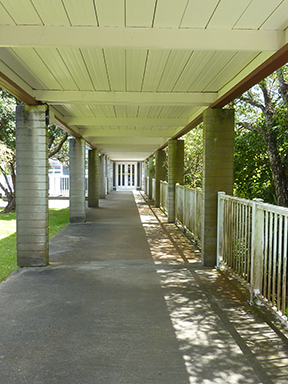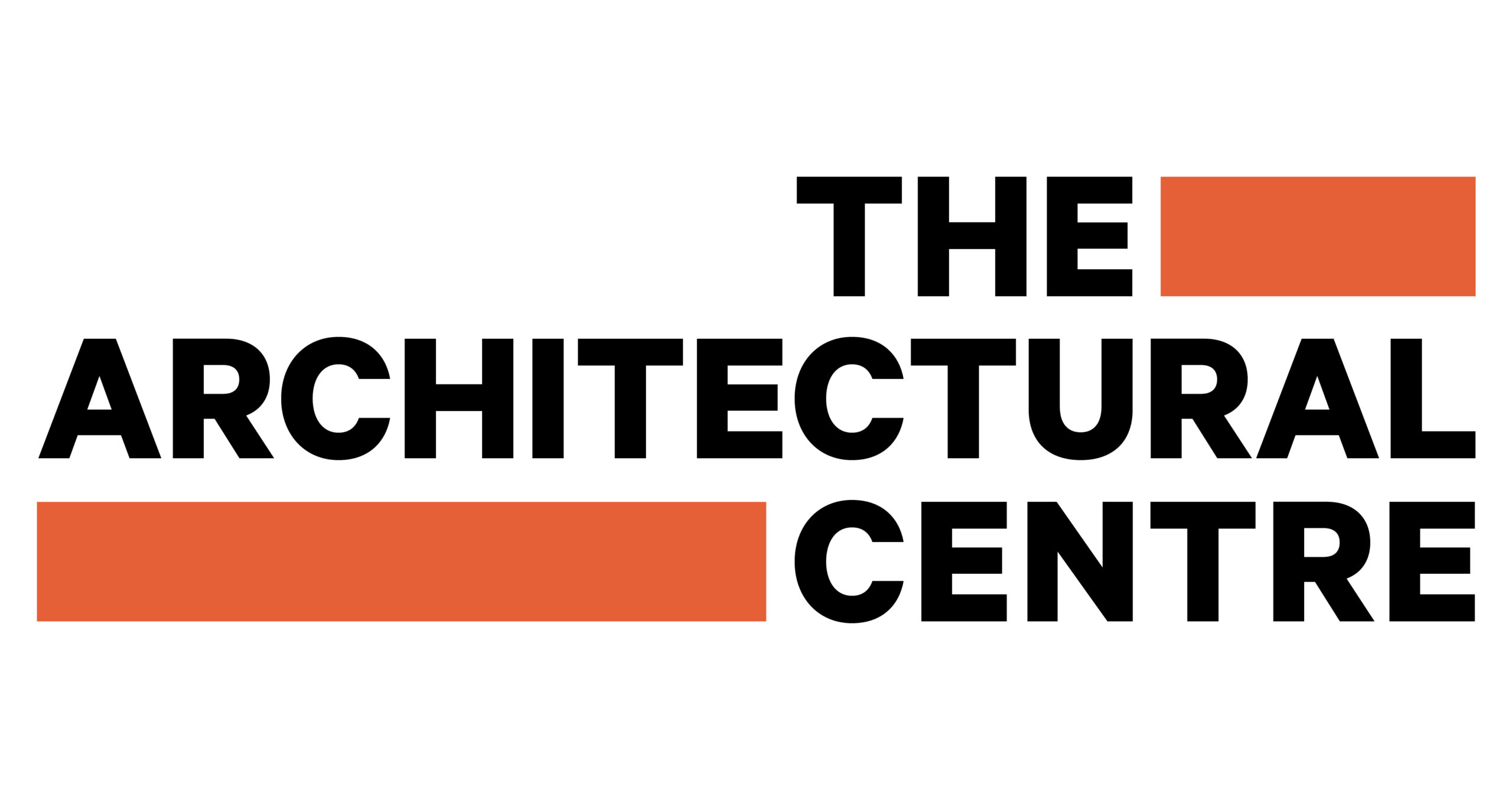The case for a heritage listing for the Karori Teachers’ College



Perhaps the first question is – why isn’t the Karori Teachers’ College already heritage listed? We are of the opinion that the Teachers’ College is a significant site, designed by an important New Zealand architect, and is a well-executed design, exemplifying New Brutalism in Wellington. It is long overdue for heritage listing.
There are two formal processes for providing heritage listings by two different organisations: Heritage New Zealand Pouhere Taonga (formerly the New Zealand Historic Places Trust (NZHPT)) and the local council, in this case Wellington City Council. There are other organisations which recognise heritage, for example Docomomo, but the HNZ and WCC lists are the ones which have most significance in relation to legal protection.

The HNZ list is governed by the Heritage New Zealand Pouhere Taonga Act 2014. Section 67(1) of the Act states that: “Heritage New Zealand Pouhere Taonga or any other person may apply to Heritage New Zealand Pouhere Taonga to enter a historic place or historic area on the New Zealand Heritage List/Rārangi Kōrero.” Section 66(1) states that: “Heritage New Zealand Pouhere Taonga may enter any historic place or historic area in the New Zealand Heritage List/Rārangi Kōrero if it is satisfied that the place or area has aesthetic, archaeological, architectural, cultural, historical, scientific, social, spiritual, technological, or traditional significance or value.” This suggests that for the Karori Teachers’ College to be listed with HNZ, it only needs HNZ to be “satisfied that the place or area has aesthetic, archaeological, architectural, cultural, historical, scientific, social, spiritual, technological, or traditional significance or value.” The specific criteria are listed in s 66(3).
The requirement is that significance is met for 1 or more of the criteria. An evaluation of the Karori Teachers’ College is likely to particularly focus on these criteria:
“… (b) the association of the place with events, persons, or ideas of importance in New Zealand history,
… (e) the community association with, or public esteem for, the place,
… (g) the technical accomplishment, value, or design of the place.”

The WCC District Plan 20.1.1 states that: “The criteria for identifying buildings, objects and areas in the District Plan may include places with archaeological, architectural, cultural, historic, scientific or technological qualities and whether the place is rare or unique, representative of a particular style or era, authentic and/or contributes to a group of places.”
The WCC uses the following criteria to list a building as historic heritage in the Wellington District Plan:
(1) Aesthetic Value
(2) Historic Value
(3) Scientific Value
(4) Social Value, and
(5) evaluates the Level of cultural heritage significance
The full criteria used can be found here: WCC Heritage Assessment Criteria.

Using the WCC criteria we can carry out our own “home-made” heritage evaluation.
(1) Aesthetic Value
The most relevant sub-criteria related to aesthetic value for the Teachers’ College are: “architectural” and “townscape.” The architecture of the site demonstrates an astute understanding of New Brutalism, through its material treatment, construction and structure. Its articulation of building function (e.g. the exposed lecture theatre raking) is also characteristic of New Brutalism, and buildings, such as Stirling and Gowan’s Department of Engineering, Leicester University, the Smithson’s Sheffield University Extensions competition entry, and Marcel Breuer’s Begrisch Hall, New York University, are international examples. New Zealand examples include Ted McCoy’s Archway Lecture Theatres, University of Otago and Chris Brooke-White’s CIT campus.

Also indicated in awards’ citations, the Teachers’ College demonstrates distinctive and skilled use of concrete to demonstrate material production, construction technique and structural systems. This is a significant aspect of the design. The recognition of the adept three dimensional site planning is also apparent in these citations. This directly relates to the sub-criterion: “townscape.” The campus, in part because of its size, is a Karori landmark. But this is not simply a matter of it being a large, unavoidable object. The sensitivity to the residential scale of the neighbourhood has enable this large institution to both fit in, and become part of Karori’s identity. The role of landscaping, retention of existing vegetation and the location of buildings to facilitate landscape design (e.g. Lopdell Gardens) is also relevant to the townscape values of the Teachers’ College.
Finally the campus successfully uses architecture to facilitate community. The use of linked walkways and the replication of a town square as the complex’s organising core is key to the role of the built environment in contributing to the social interactions of the spaces.
(2) Historic Value
This criterion is interested in historical associations of a place with significant people, organisations and/or historic events. The association of the site with teacher training for approximately 35 years is relevant to this. There is a significant community of people associated with this site. We understand that the focus on art and creativity distinguished teacher training in Wellington, and this is reflected in the association of the place with people such as Dame Doreen Blumhardt (1914-2009), a former head of the Teachers’ College Art Department (and a former Architectural Centre member), and renown potter and ceramicist. One of her ceramic murals is located in the entrance to the complex.

The fact that the site was designed by Bill Toomath is also significant, as he is recognised as an important New Zealand architect.
(3) Scientific Value
The site has significance under this criterion. Its sub-criterion include “technological,” and two aspects of the campus are immediately apparent in this category. The development of the gymnasium as an architectural and engineering innovation is important (though some may consider it more appropriate under the sub-criterion of “architectural”). It is the result of interdisciplinary design research and is likely the culminating building of the series of gymnasia through the North Island by Toomath and Andrews.
The acoustic design of a number of spaces (including the assembly hall, music room and lecture theatres) is also an important aspect of scientific value that is integral to the architecture. Rod Satory was the acoustics designer. I also remember a discussion with Bill regarding the acoustics of the lecture theatres and the “abstract art” on the lateral walls, which are in fact carefully calculated acoustic reflectors.

(4) Social Value
This criterion is interested in the degree of public esteem with which the place is held, and its cultural and/or communal importance. Our understanding is that the Karori community value the site both because of its provision of community facilities (playing fields, the dance studio, the gymnasium etc), and because of an appreciation of the design of the site and buildings themselves. This high public esteem involves high levels of ongoing use and community interaction. We also understand that there is a large community of former teacher-trainees who also share a fondness and esteem for the campus.

(5) Level of cultural heritage significance
This final criterion includes sub-criteria of rarity, uniqueness, influence, representativeness, authenticity and the scale of the site’s importance. The site has importance as a regional Teachers’ Training College, but its architectural qualities and the importance of Bill Toomath’s work to the history of New Zealand architecture suggest a case could be made for national significance. The campus has been well-maintained and has a large degree of authenticity. Its suburban site and topography have resulted in a campus-type which is unusual for New Zealand, and more specifically unusual for New Brutalist campus design. Other examples are largely on urban sites, which do not require a delicate handling of scale (e.g. Alington’s Wellington High School, Warren and Mahoney’s Student Union, University of Auckland, Ted McCoy’s Archway Lecture Theatres and Hocken Building, University of Otago). In addition, the site is unusual in that it is a comprehensive design of an entire campus but one architect, unlike Warren and Mahoney and McCoy’s work, which inserted New Brutalist work into an existing campus. Brooke-White’s CIT campus could perhaps be argued to be similar in this regard, but it is located in a semi-rural location, on a relatively flat site, rather than in a tight-knit residential community on difficult terrain. Regardless, among this group the Karori Teachers’ College is an exemplary site of New Brutalist architecture.
Information about the Architectural Centre’s Barbican of the South project can be found here.
